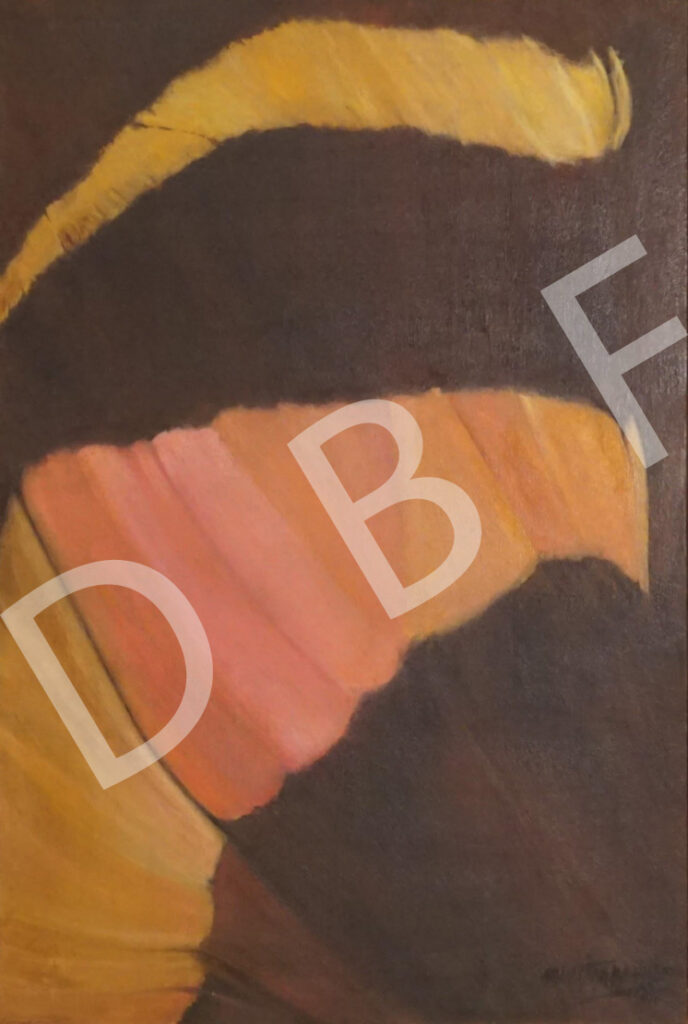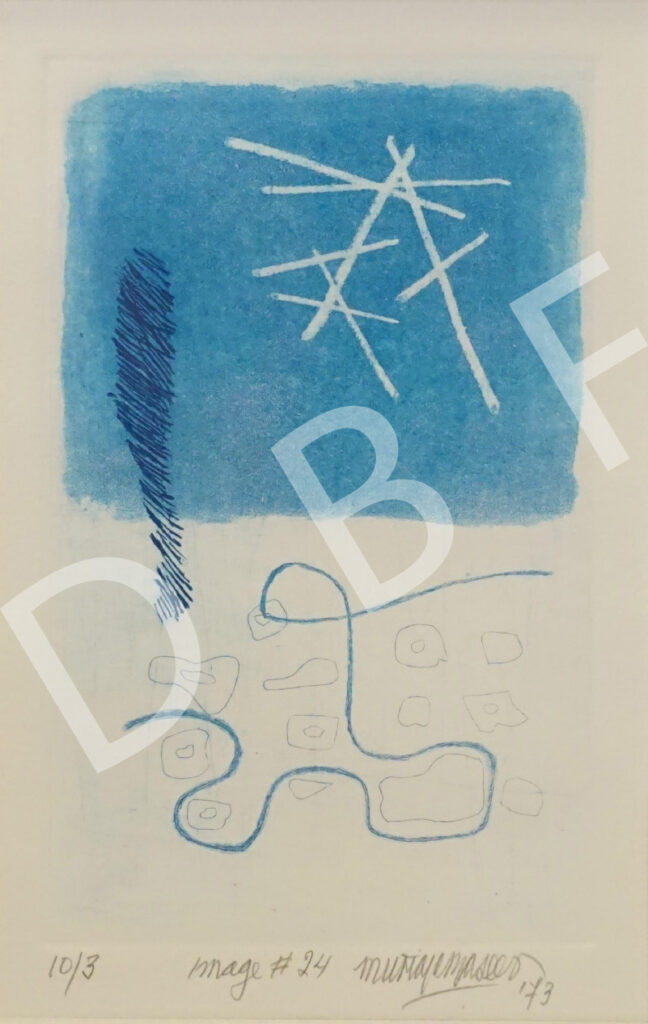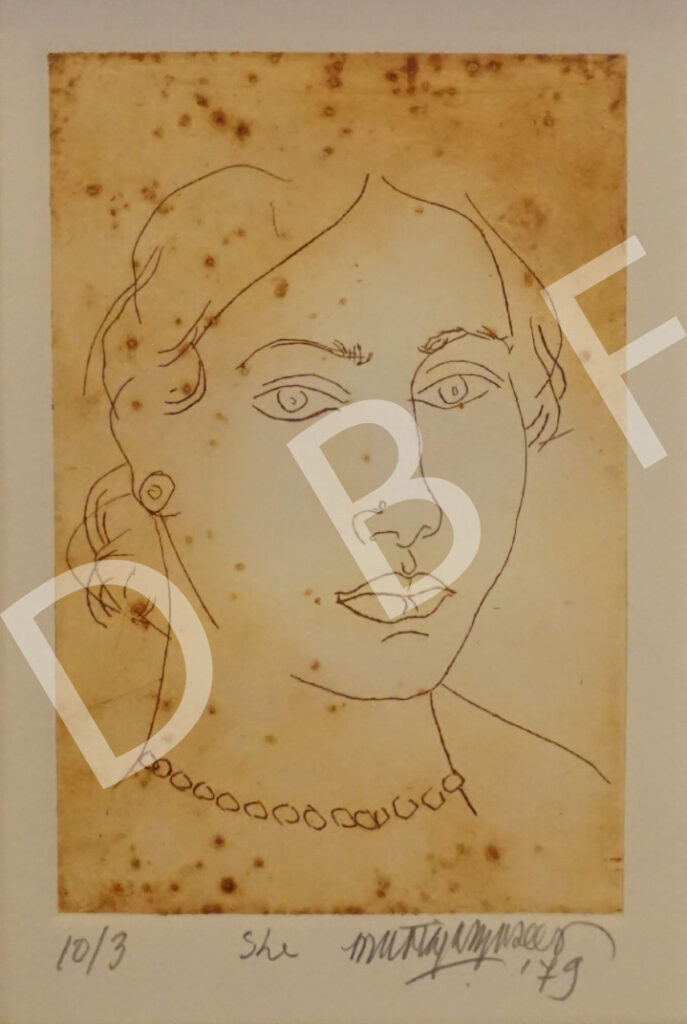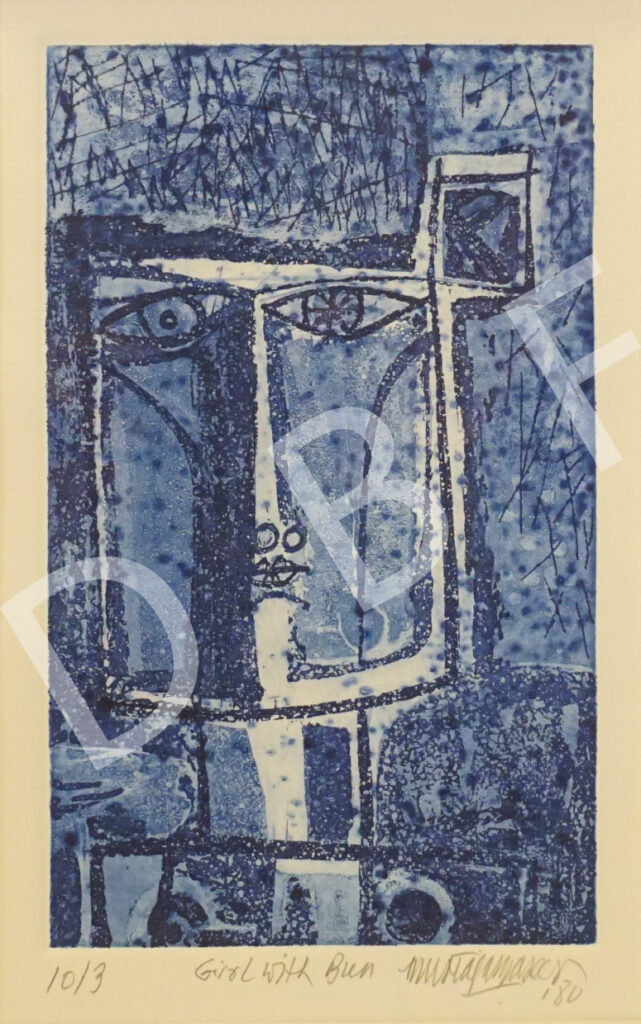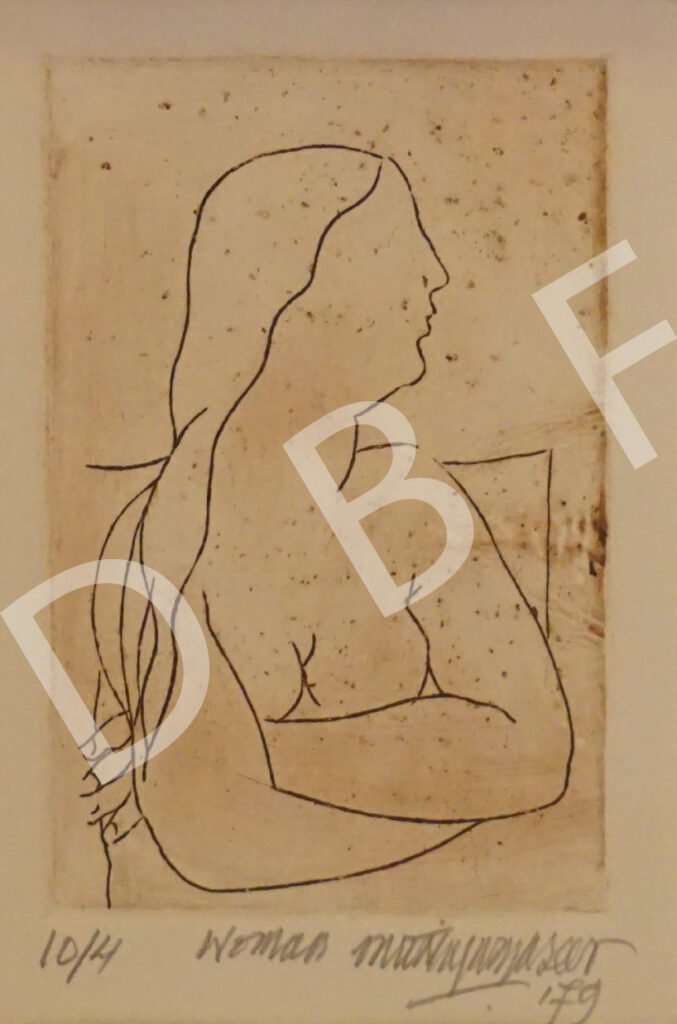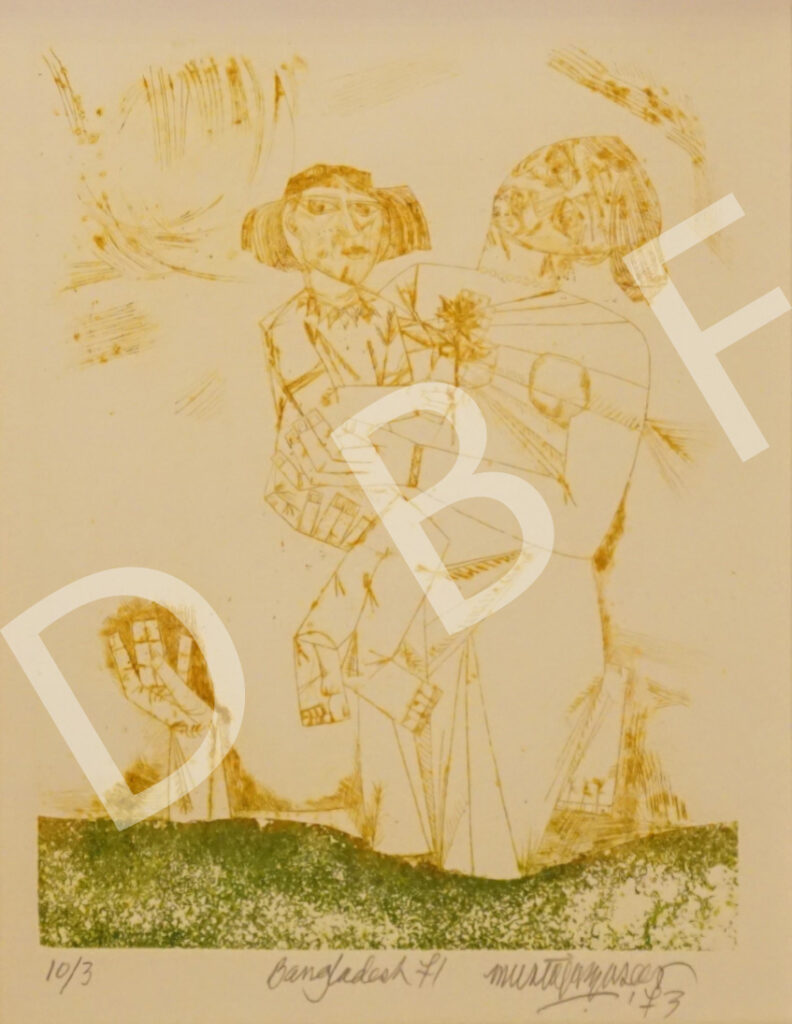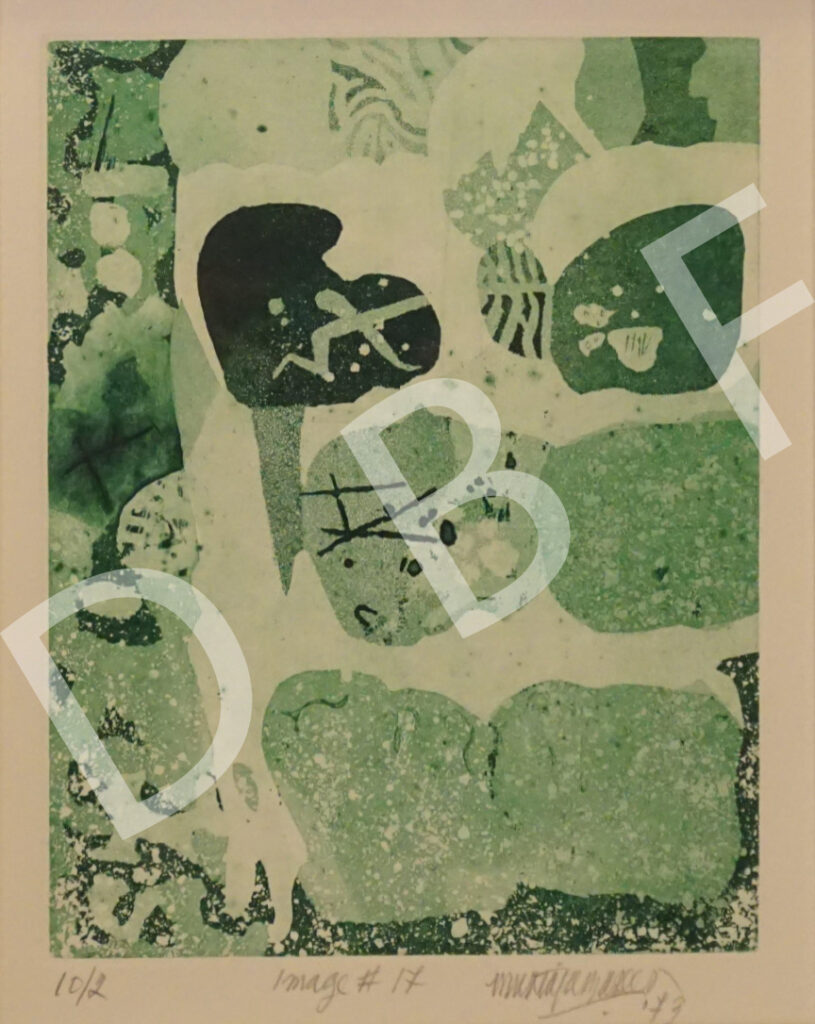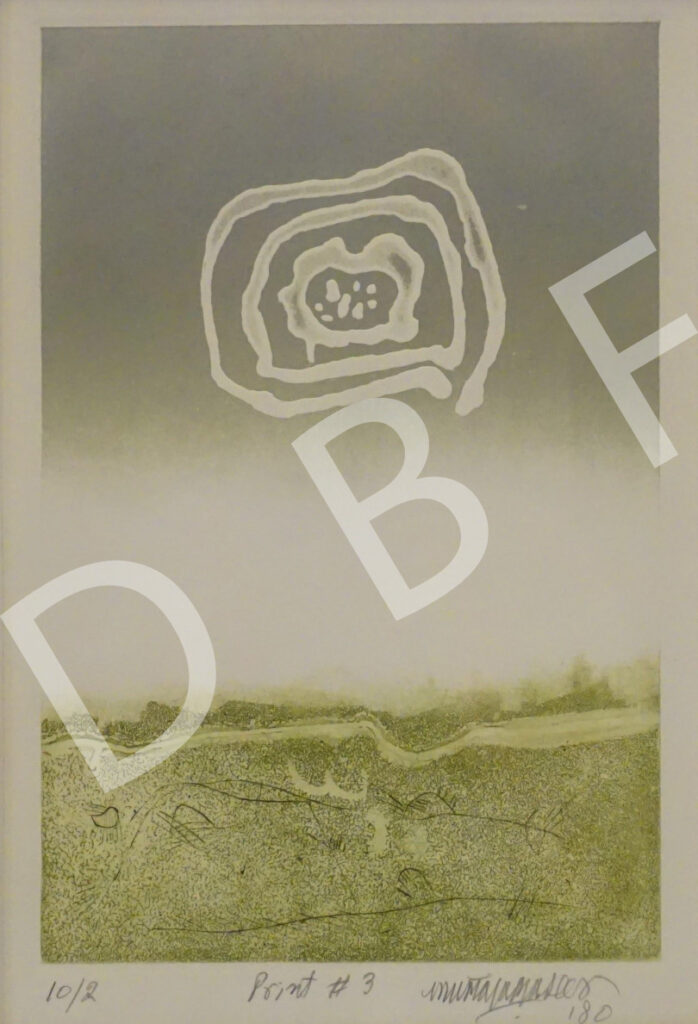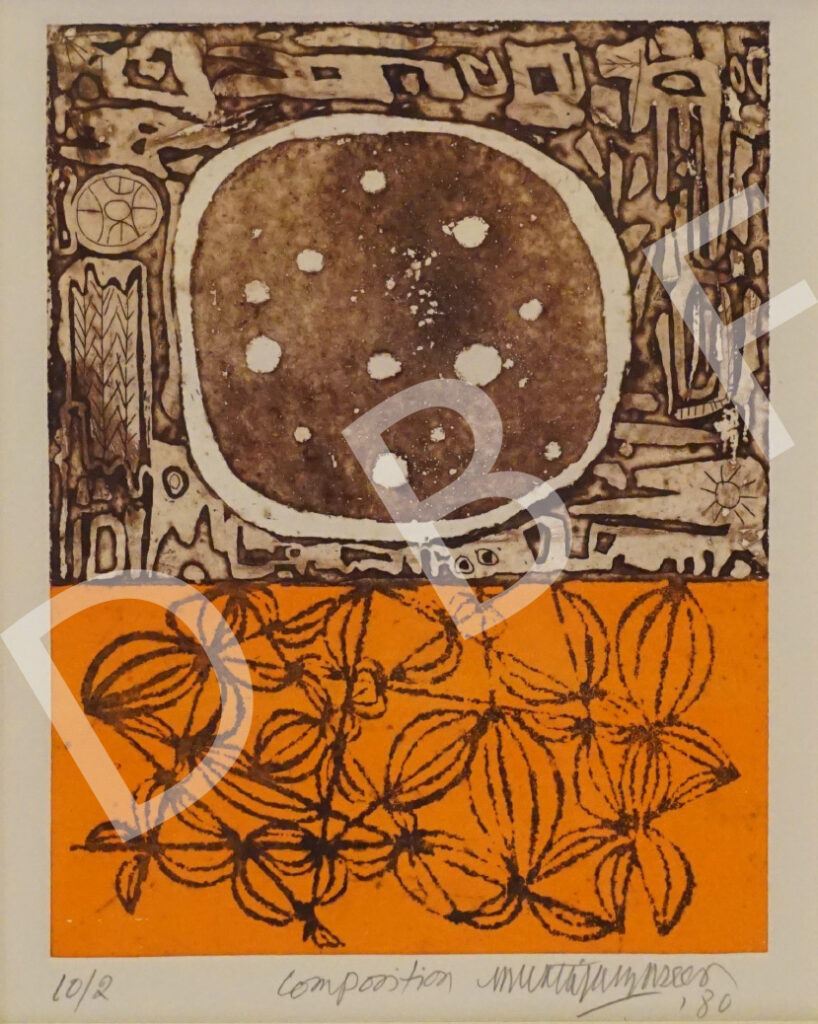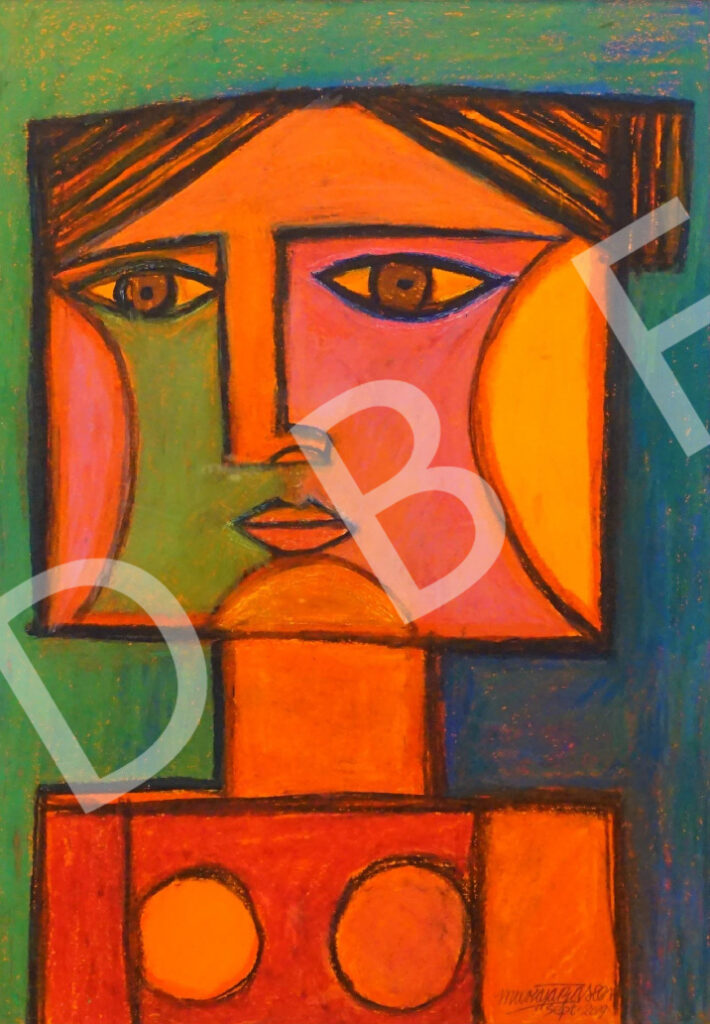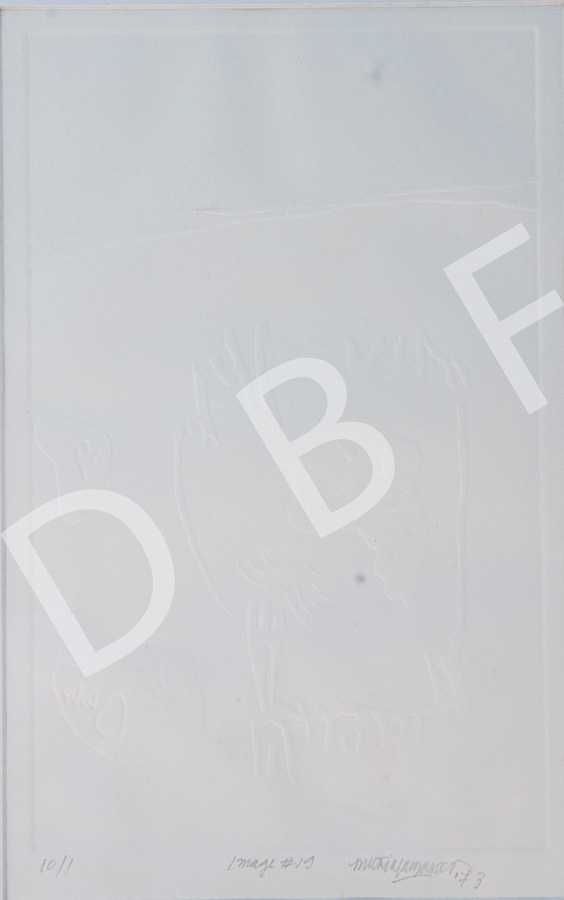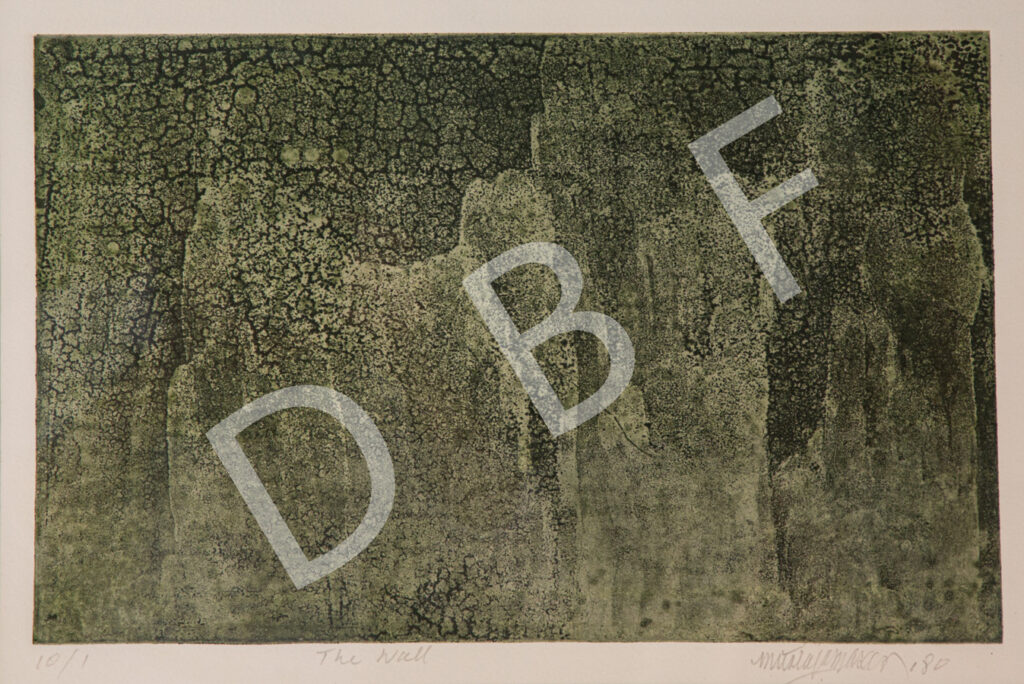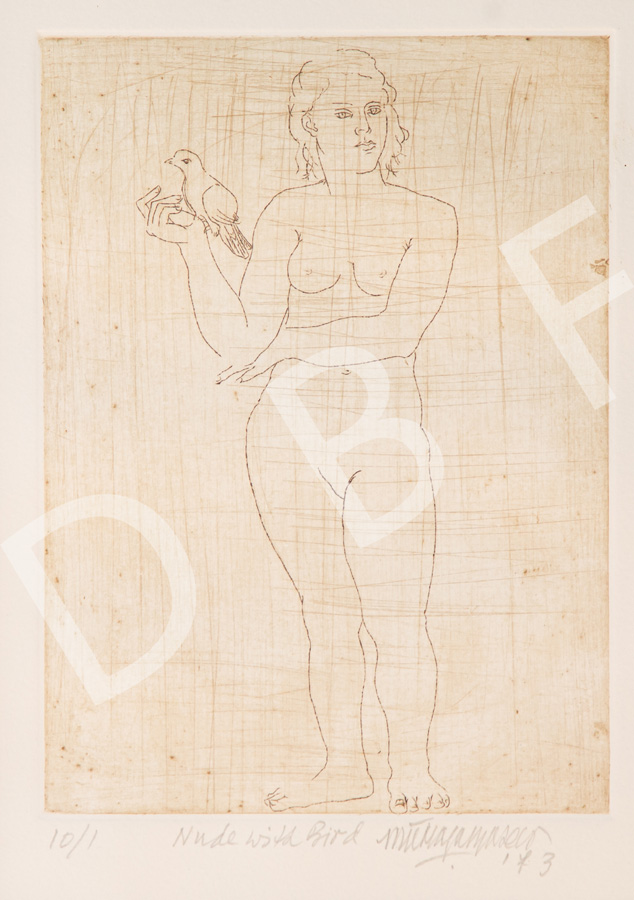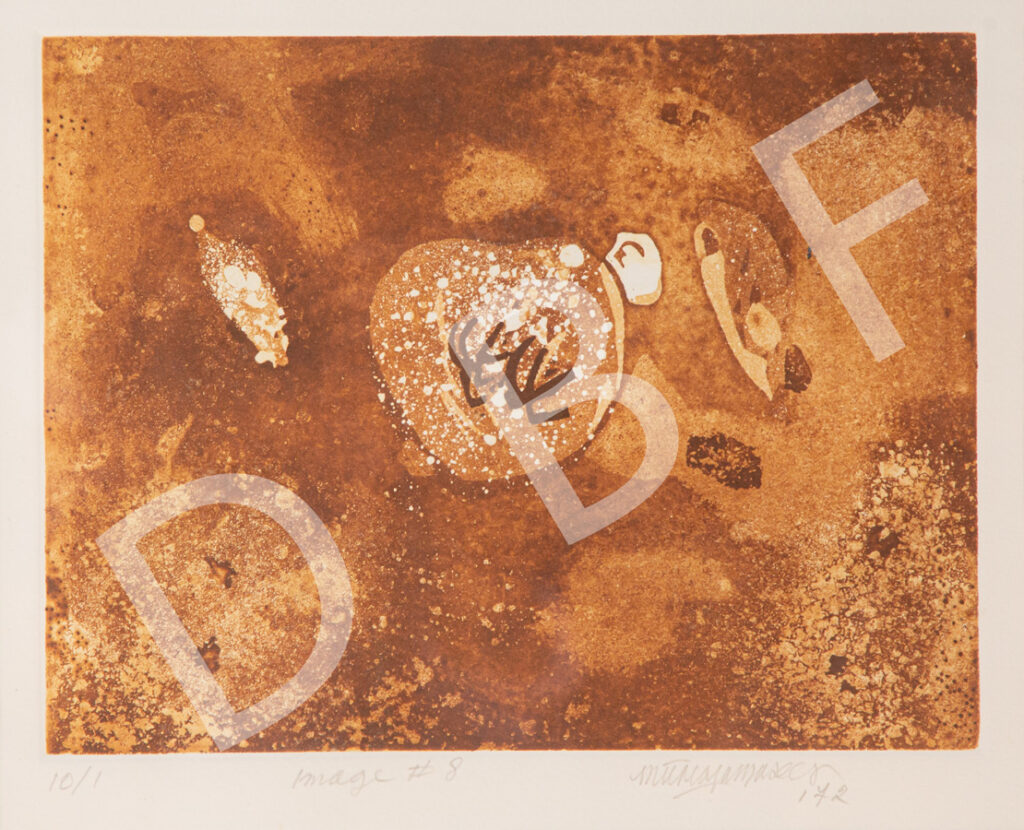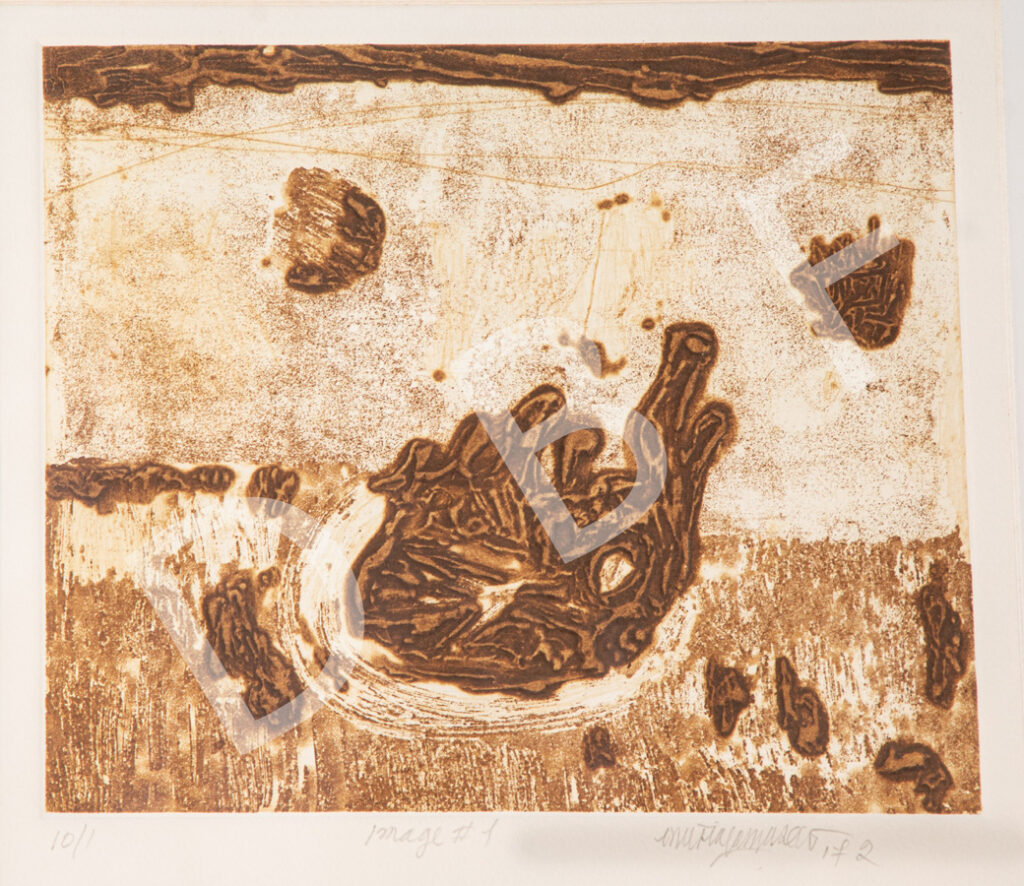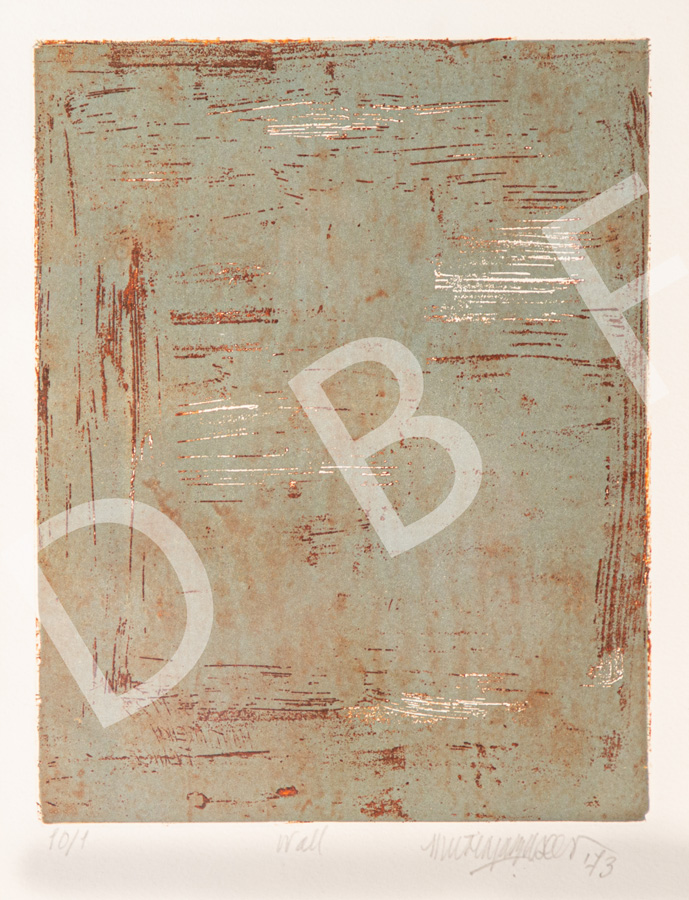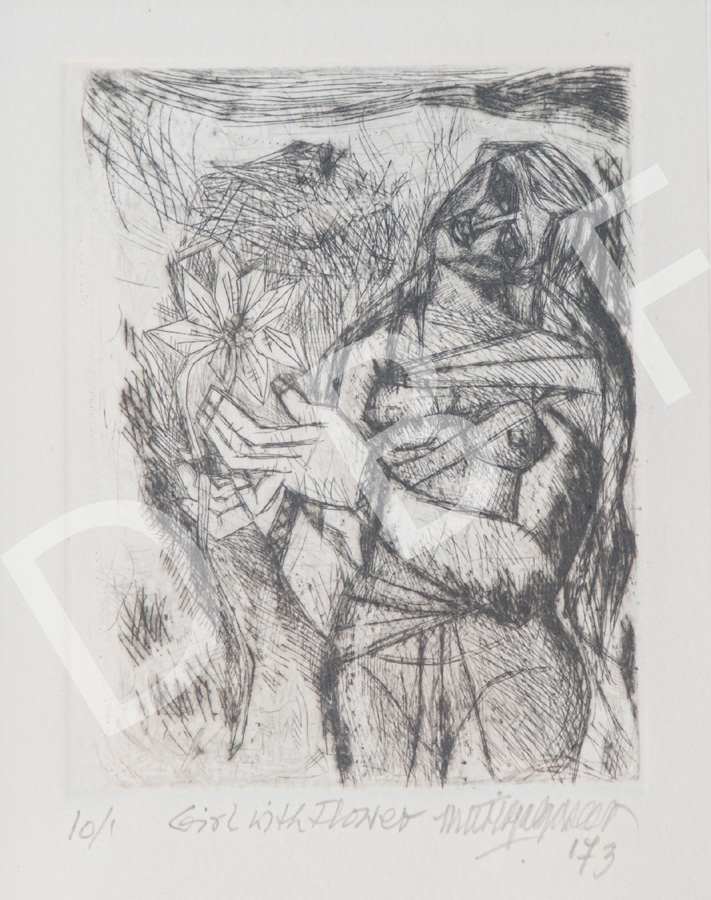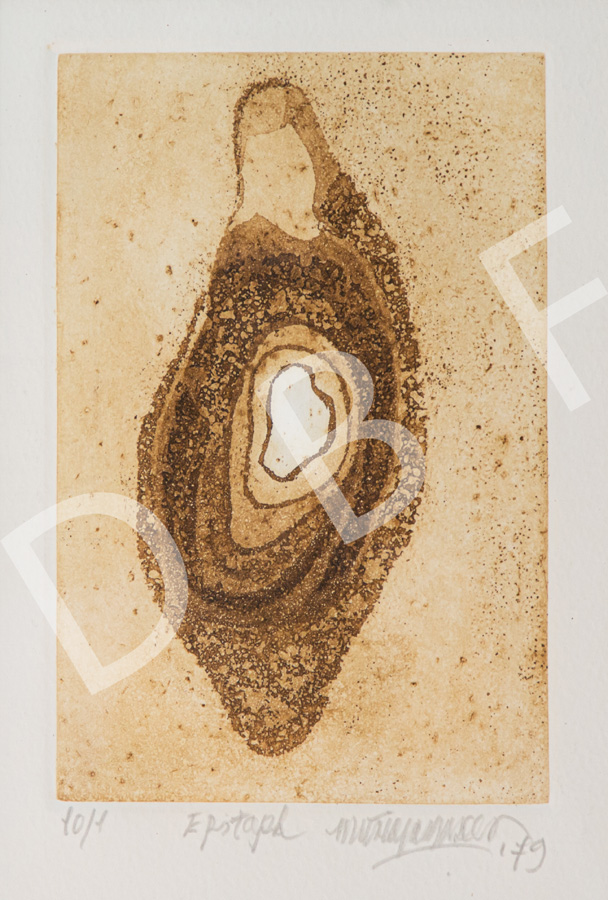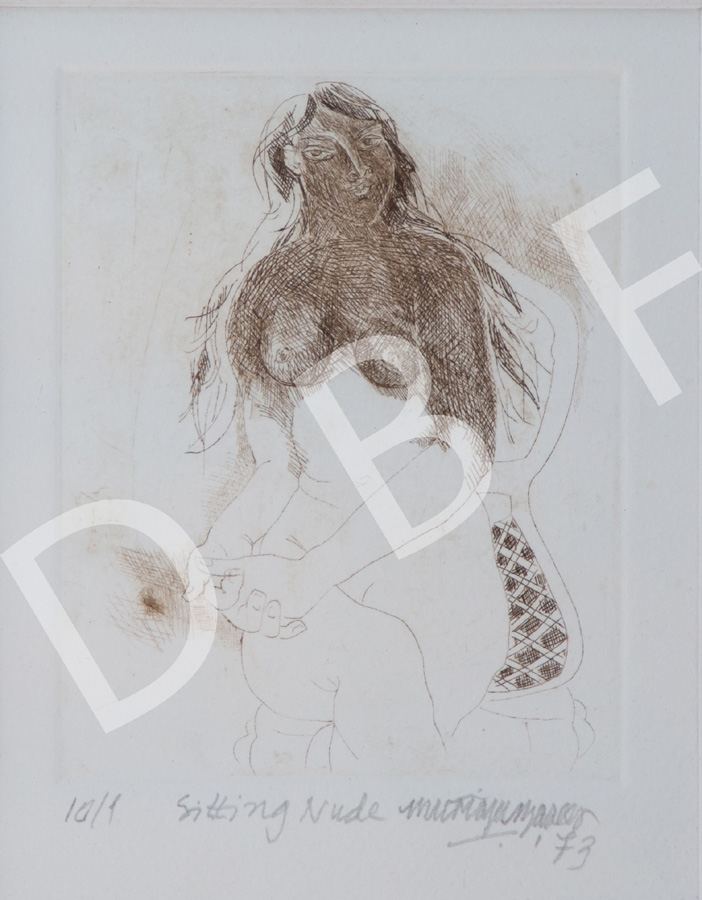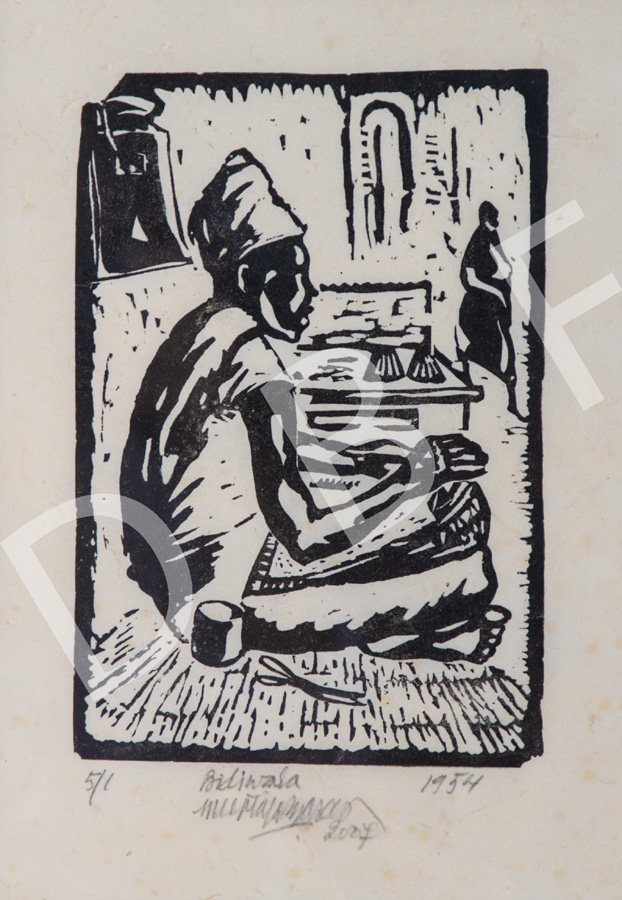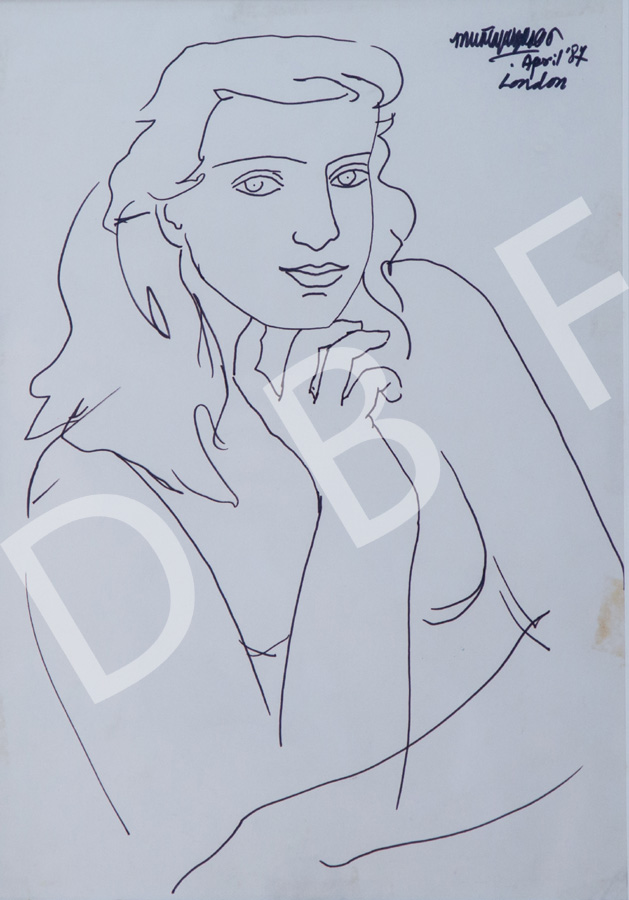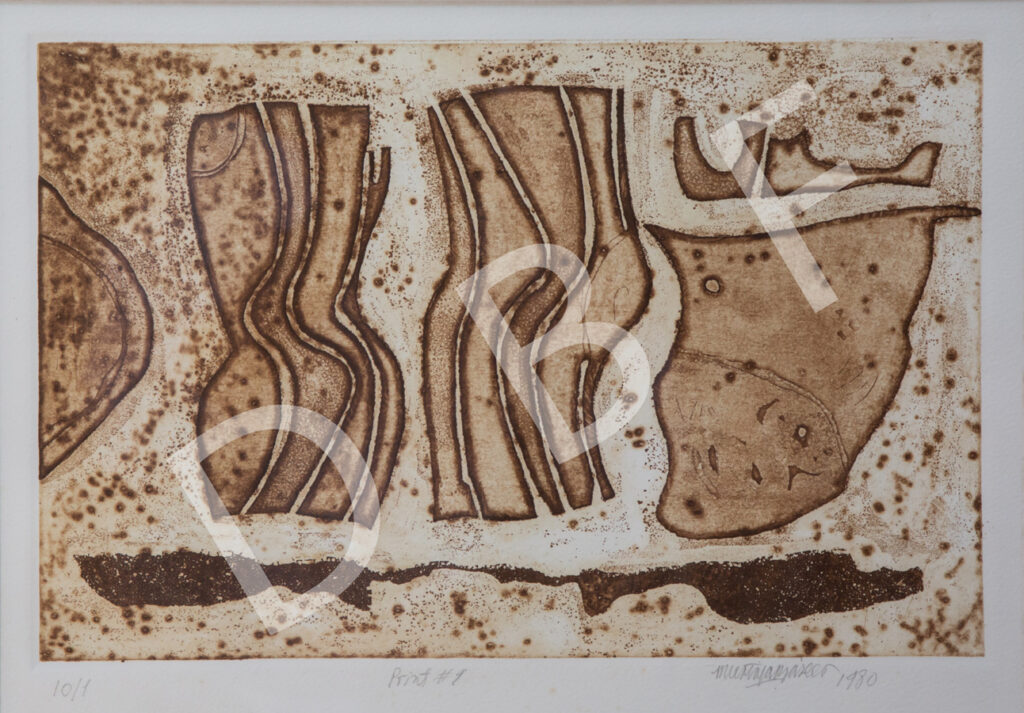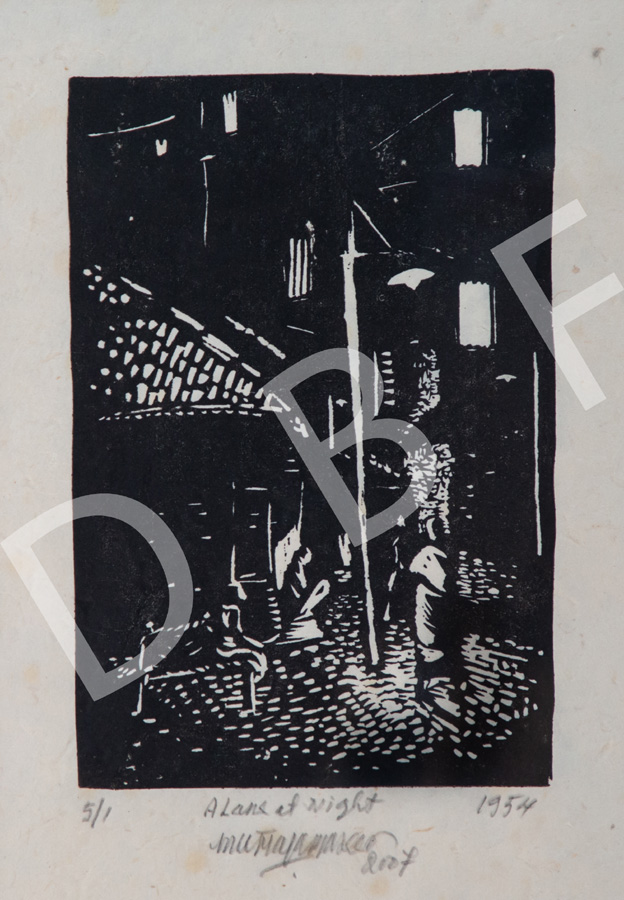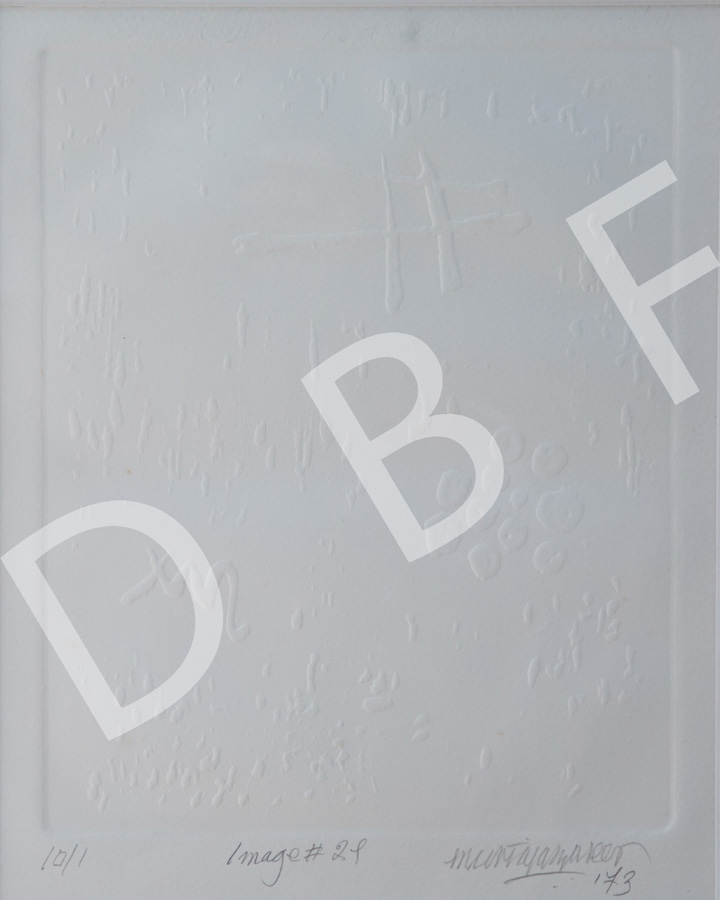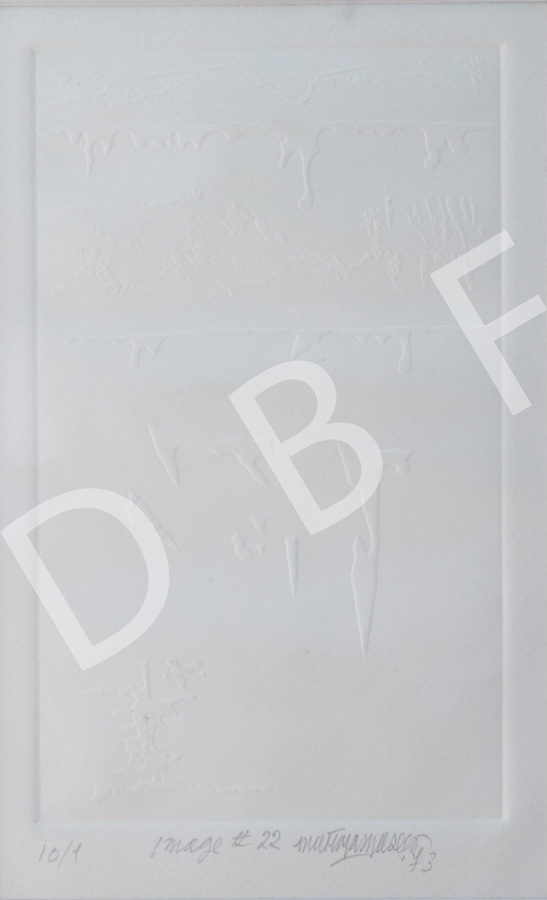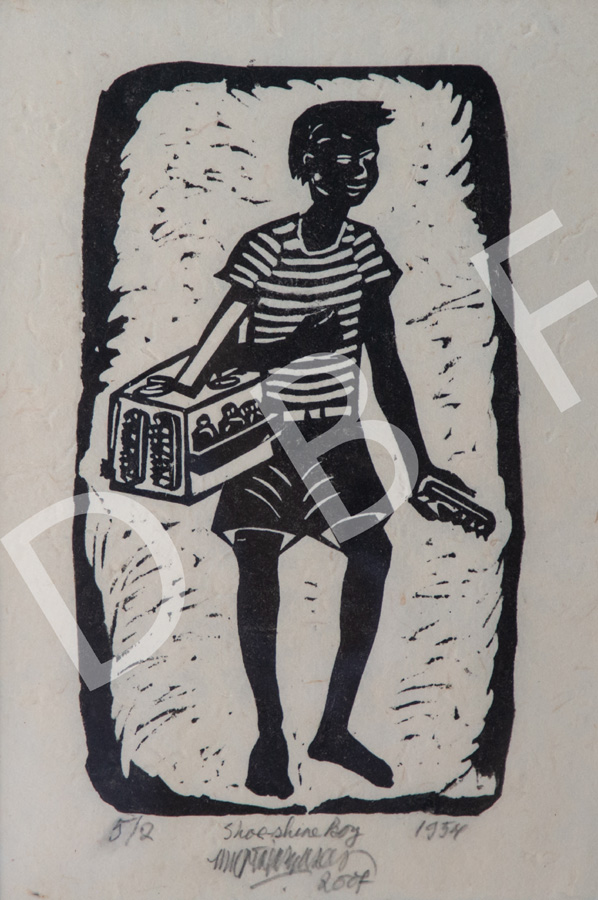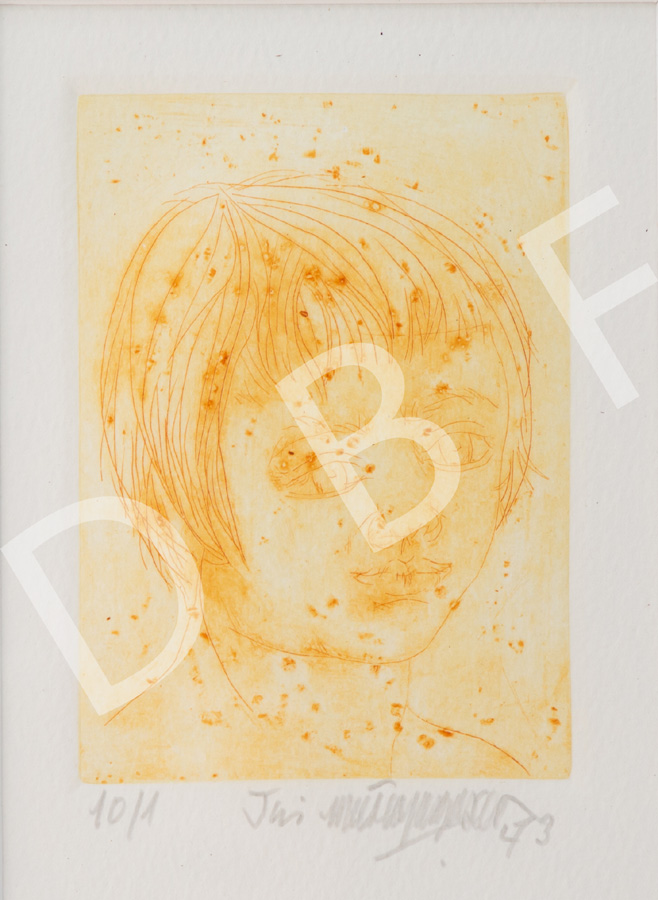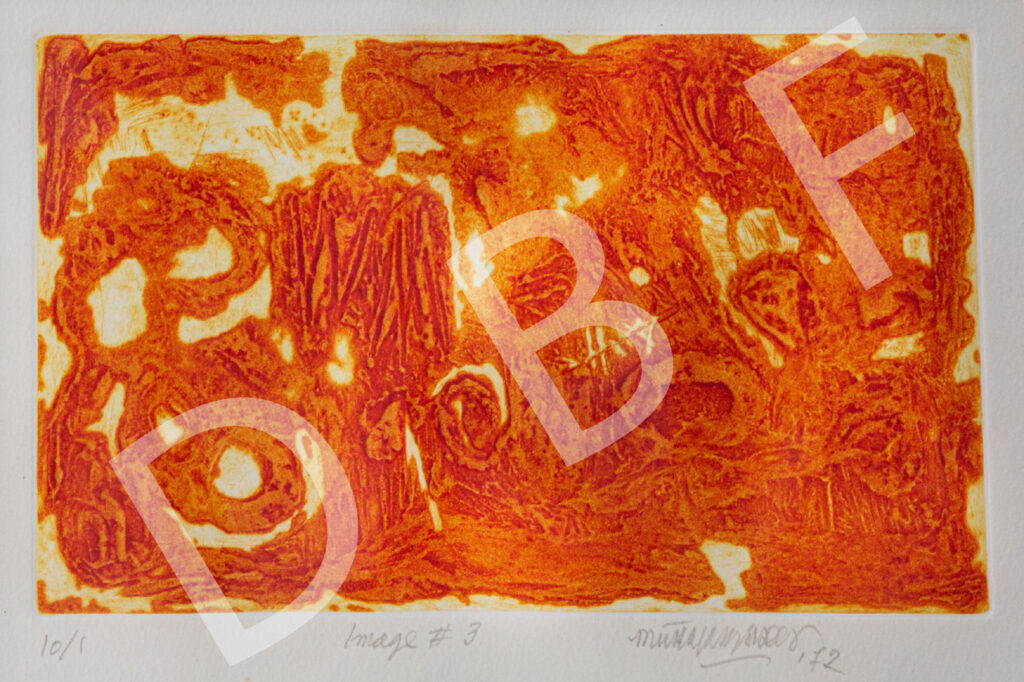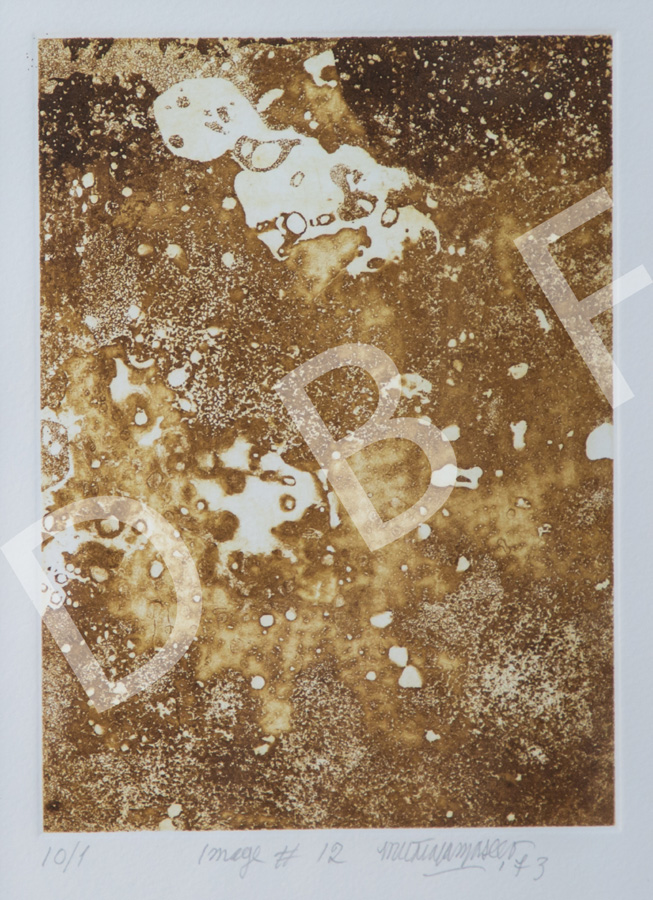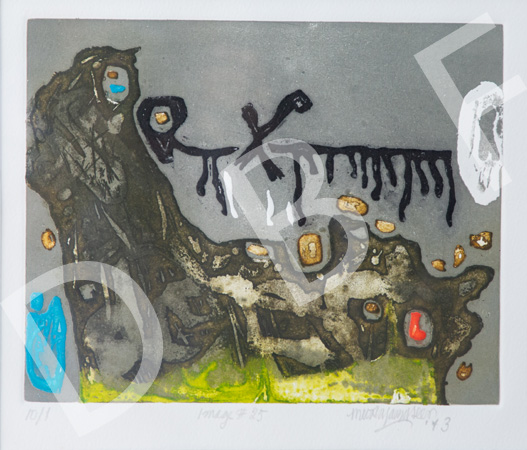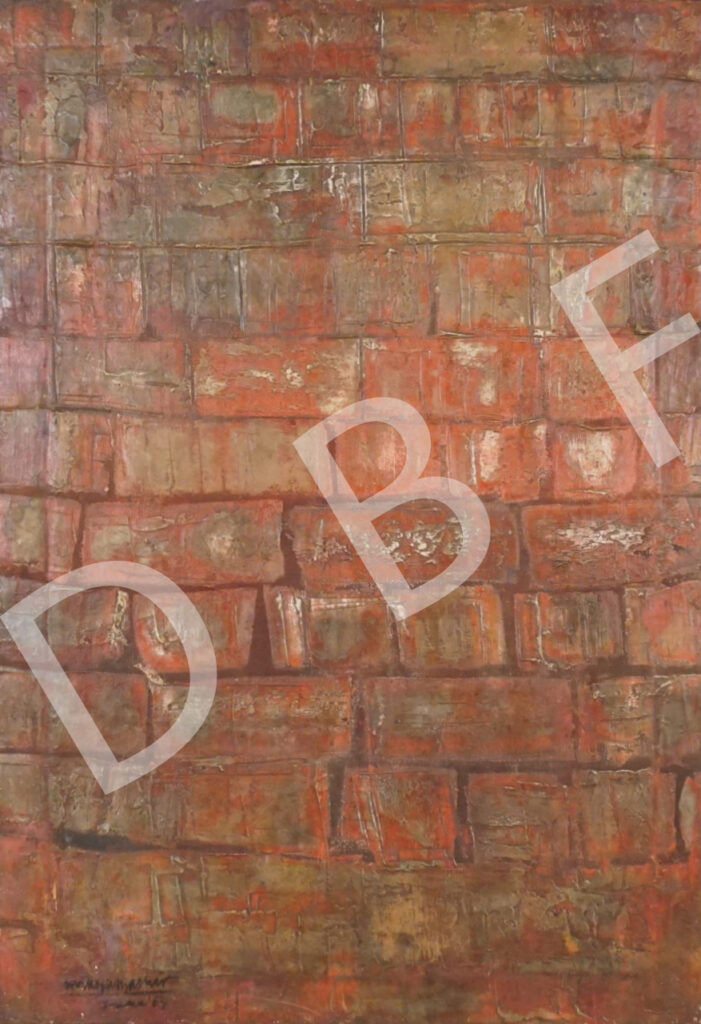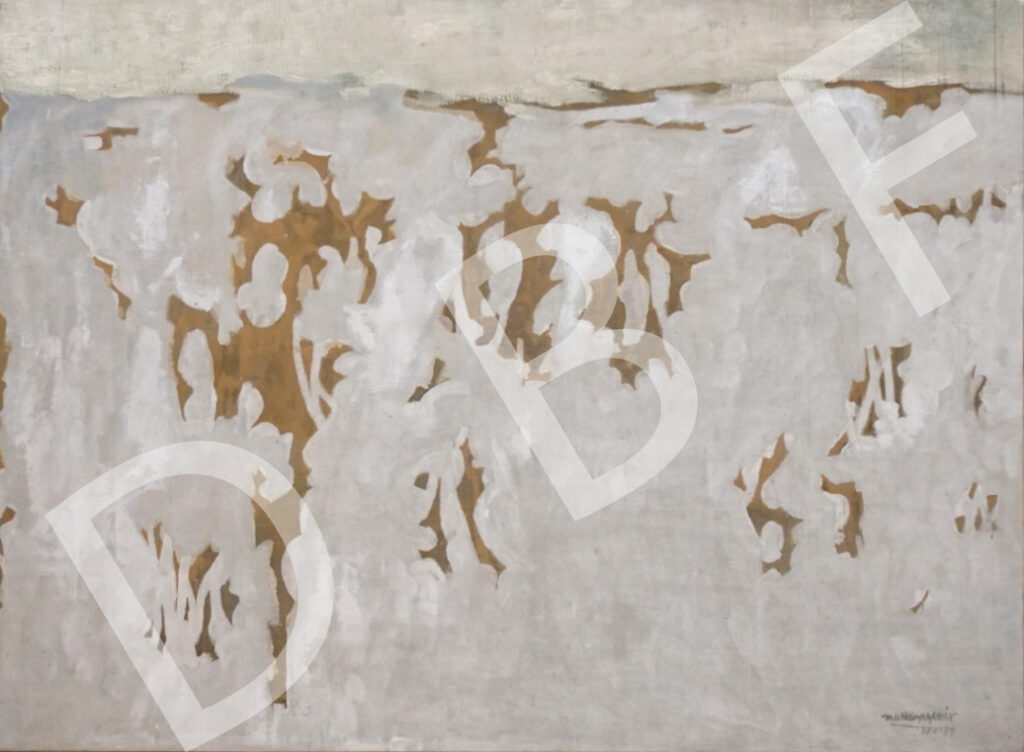Murtaja Baseer, know for his social commentary through his arts, he painted “Eruption-8” in 1998. Living in a time of no freedom of expression, he expressed his concerns through painting. He created a world of dystopia and revealed a world sinking in deceit, oppression, and lie. Without trying to give false hope, he paints the mirror image of a power-driven society. He paints the world as it is and reinforces the sense of hopelessness. “Eruption” is his way of shaking us by the shoulder and waking us from sleep. It’s his plea for help, the quest for justice and through this, he asks as to question the existing system to create a better tomorrow.

Murtaja Baseer
Murtaja Baseer (17 August 1932 – 15 August 2020) was a Bangladeshi painter and artist known for his abstract realism themed works. He was a poet, author, researcher, numismatist, and filmmaker too. Baseer enrolled in Dacca Art College (now the Faculty of Fine Arts, University of Dhaka) in 1949. After graduating in 1954, he studied at the Academy of Fine Arts of Florence from 1956 to 1958. He also studied mosaic and etching at École nationale supérieure des Beaux-Arts (ENSBA) in Paris from 1971 to 1973. Upon his return from France in 1973, he joined the University of Chittagong as an assistant professor of fine arts, and served until his retirement, as a professor of fine arts, in 1998. He was active in leftist politics during the 1950s and was also sent to prison before Bangladesh’s liberation.
He was awarded the Ekushey Padak, Bangladesh’s second-highest civilian honor, in 1980, and the Swadhinata Padak, or Independence Day Award, Bangladesh’s highest state award, in 2019.
Eruption- 8


The Wing - 12
“The Wing-12” is one of the 37 paintings from the “The Wings” series. This 1998 painting by Murtaja Baseer is his search for truths, beauty, romanticism, and spirituality. Zooming into the wings of the butterfly he paints the splendor and colors of objects on a larger scale. Hiding behind colors and grandeur he directs our attention to the tiny details we often fail to see. He captures the extraordinary in the ordinary, brings out truths that are hidden otherwise, and inspires us to be more observant.
His painting speaks gravity. He shows us our inability of seeing right. Through the bold use of color and confident brush strokes, he captures the reality in his artistic manner.
Artist Art Style
Baseer’s working style was said to have evolved from realism and semi-realism in his early days to abstract realism. His paintings were considered a critical commentary on society. His style of using detailed lines and balanced colors has been considered a critical commentary on society. His portrayal of Bangladeshi women in his paintings is believed to reflect their individuality and strong personality. A leading figure in Bangladesh art, Baseer has often worked in phases, producing series of works, such as Epitaph (dedicated to the martyrs of the Liberation War of 1971), Wings (magnified details of the wings of butterflies), and the more somber Wall. Baseer is also a poet, short story writer, novelist, researcher, numismatist, and filmmaker.

